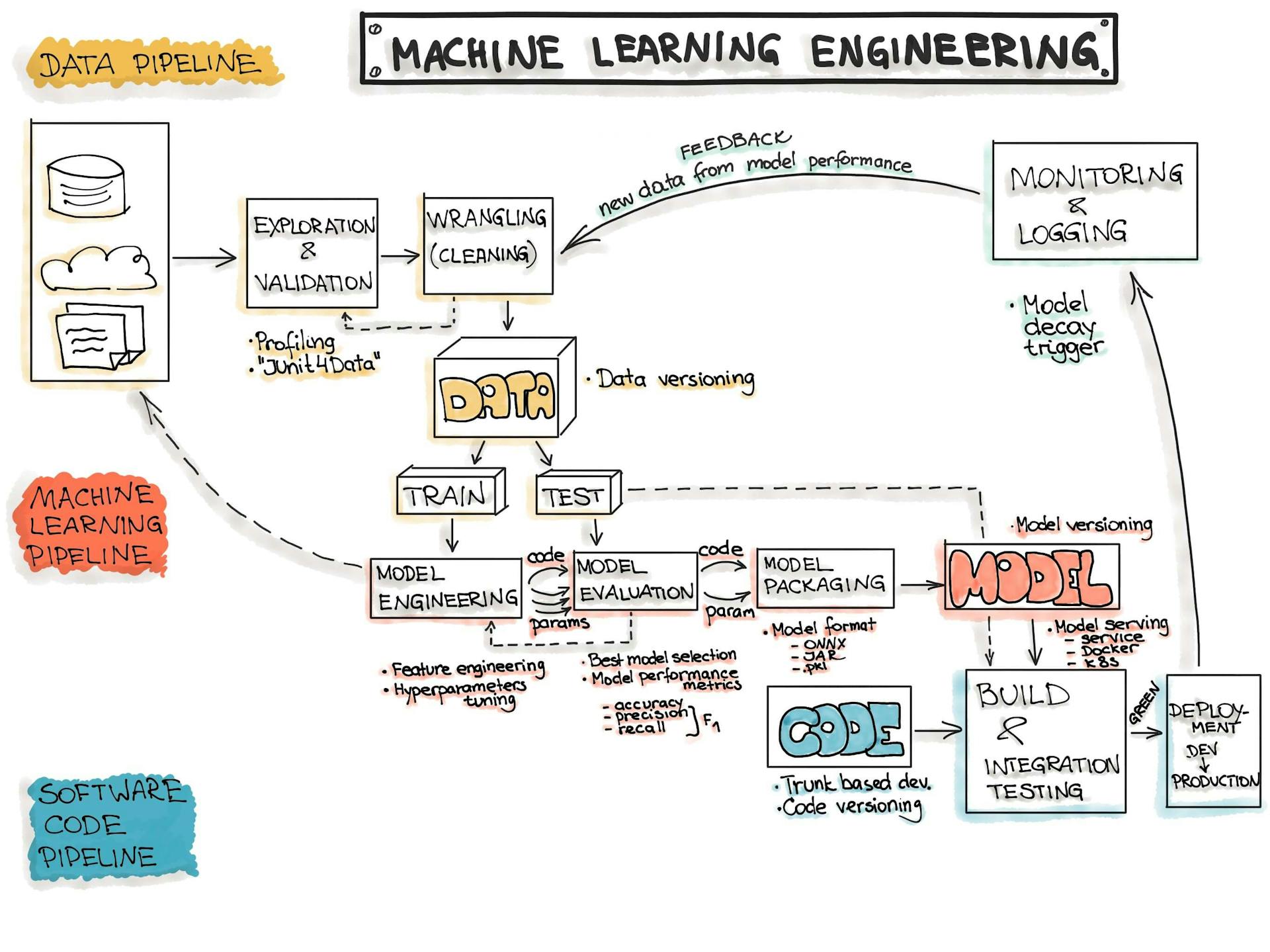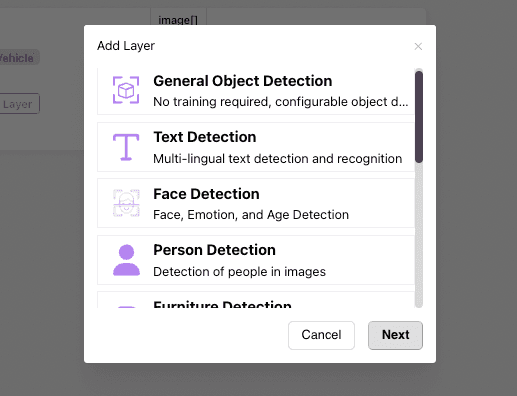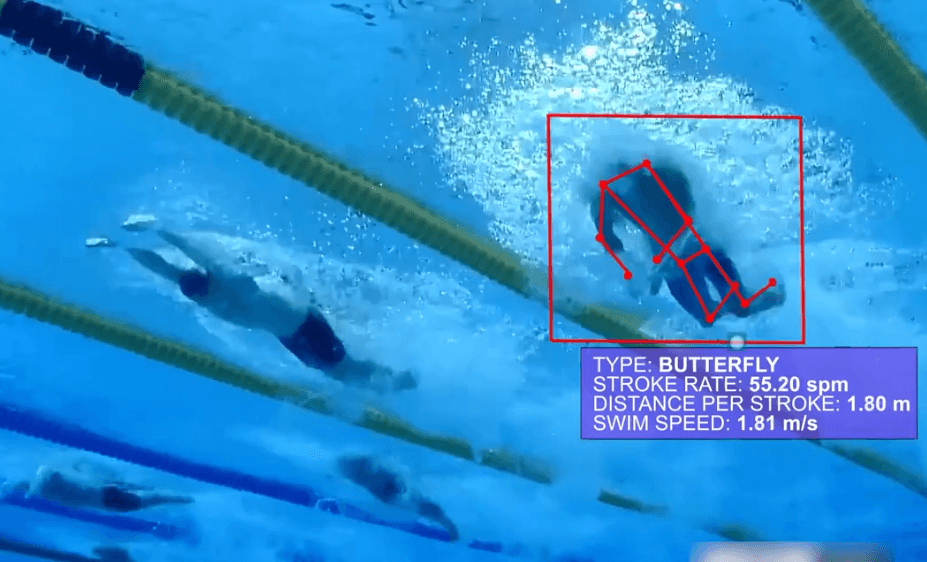Integrating computer vision technology into your business or app is a transformative move but comes with its set of challenges, especially in the traditional development approach. This guide delves deep into these challenges, providing industry-specific examples and elaborating on each step of the process.

The Traditional Computer Vision Integration Process
Data Collection and Annotation
Gathering Data: This step involves collecting a vast amount of visual data relevant to your specific use case. For instance, a retail business aiming to use computer vision for inventory management would need thousands of product images, under various lighting and angles, to train their model effectively.
Annotating Data: Accurate data annotation is pivotal. Manual labeling of images (e.g., outlining products in each retail image and tagging them) is extremely time-consuming and often requires a dedicated team. For large datasets, this process alone can take several months.
Model Selection and Training
Selecting the Right Model: If you're building a model from scratch, hiring a computer vision engineer is necessary. The cost of hiring such expertise can easily exceed $100,000 annually. Alternatively, using a pre-existing model still requires customization via "fine-tuning", which is a complex machine learning task in itself.
Training the Model: This process is computationally intensive. Typically, it requires a high-end GPU setup or renting GPU power from cloud providers like Google Colab, AWS, or NVIDIA's GPU Cloud. The cost of using these services can vary significantly based on the computational resources needed. For instance, training a complex model on AWS’s p3.2xlarge instance (equipped with NVIDIA V100 GPUs) can cost around $3 per hour, and training can take hundreds of hours.
Testing and Validation
Model Accuracy: Ensuring the model performs accurately is vital. For example, in medical imaging, a model with even a 1% error rate can be unacceptable.
Iterative Refinement: This phase involves fine-tuning the model based on test results, which might require additional data collection and retraining, adding more time and cost to the project.
Deployment and Infrastructure
Integration Challenges:
Deploying a computer vision model into an existing IT environment or app often involves significant development challenges.
Integration may require adapting the model to different programming languages or frameworks, aligning it with existing databases, or creating APIs for communication between the model and other system components.
It's not uncommon for integration to necessitate a complete overhaul of certain aspects of the existing codebase or the development of entirely new interfaces.
Infrastructure Needs:
Hosting a computer vision model is resource-intensive, primarily due to the heavy computational demands of processing and analyzing visual data.
On-premises solutions: For businesses opting for on-premises hosting, the costs include not just the server hardware but also cooling, power, and maintenance. A high-end server setup capable of efficiently running advanced AI models could cost upwards of $20,000, with additional operational costs.
Cloud-based solutions: Many businesses turn to cloud providers like AWS, Google Cloud, or Azure for their flexibility and scalability. These services offer GPU-enabled instances (like AWS's EC2 P3 instances) which are essential for running complex models. However, these can cost from a few dollars to tens of dollars per hour, depending on the instance type. Long-term, sustained use can lead to significant operational expenditures.
The choice between on-premises and cloud solutions often depends on the scale of operations, budget constraints, and specific performance needs.
Scaling:
As the user base or data volume grows, scaling the infrastructure to match demand is crucial.
Kubernetes has emerged as a popular solution for orchestrating and managing containerized applications at scale. It allows for efficient deployment, scaling, and operation of application containers across clusters of hosts.
However, Kubernetes is complex and requires expertise to set up and manage. Businesses might need to invest in training existing staff or hiring Kubernetes specialists, which adds to the operational costs.
Maintenance and Updates
Continuous Monitoring and Updates:
Post-deployment, it’s essential to continuously monitor the performance of the computer vision model to ensure it remains accurate and efficient over time.
This involves regular check-ups, performance benchmarking, and fine-tuning the model in response to new data or changing requirements.
Depending on the complexity of the system, businesses might need to allocate dedicated teams for ongoing maintenance, adding to the operational costs.
Costs and Time to Production
Overall Investment:
The combined costs of hardware, software, development, integration, and maintenance for a computer vision project can be substantial.
For small to medium-sized projects, costs can range from tens of thousands to hundreds of thousands of dollars. Larger, more complex projects can easily exceed a million dollars in total investment.
Timeline:
The time from project inception to deployment varies widely based on the project's scope and complexity.
A small-scale project might take 6-12 months, while larger projects, especially those requiring custom model development and extensive integration work, can take several years to complete.
Modern Approach with ezML
Simplifying the Computer Vision Integration Process

Prebuilt Models: ezML offers a variety of prebuilt models that can be customized, significantly reducing the time and cost of development.
User-Friendly Interface: The platform is designed to be accessible to non-experts, removing the need for specialized AI or computer vision knowledge.
Cost-Effective and Rapid Deployment
API-Based Solutions: ezML provides API-based integration, making it simpler and more cost-effective than traditional deployment methods. This removes the need for extensive infrastructure investment.
Managed Services: With ezML, the concerns of hosting, scaling, and maintenance are managed by the platform, providing a hassle-free experience for businesses.
Current Industry Trends in Computer Vision and AI
Machine Learning as a Service (MLaaS)
Emerging Service Model: MLaaS has revolutionized how businesses access and implement AI capabilities. This trend reflects a shift towards cloud-based, service-oriented AI solutions.
ezML’s Role: Platforms like ezML are at the forefront of this movement, providing accessible, user-friendly AI capabilities as services. ezML, in particular, simplifies the integration of AI and machine learning models into business processes, making advanced technology accessible even to those with limited AI expertise.
Benefits for Businesses: With ezML, companies can tap into powerful AI functionalities without the overhead of developing in-house solutions. This approach not only reduces costs but also accelerates deployment, allowing businesses to quickly adapt and innovate.
Open-Source Models and Community
Community-Driven AI Development: The growth of open-source AI models has democratized access to advanced technologies. Large communities of developers contribute to and improve a wide range of tools and models.
Integration in ezML: ezML leverages these open-source advancements, incorporating them into its platform. This allows ezML users to access state-of-the-art computer vision models, continually enhanced by the global developer community.
Fostering Innovation: By building on open-source models, ezML encourages innovation and collaboration, enabling businesses to implement cutting-edge AI solutions that are constantly evolving.
Emphasis on Privacy and Ethical AI
Data Privacy and Ethical Concerns: As AI becomes more integral to business operations, issues around data privacy and the ethical use of AI have gained prominence.
ezML’s Commitment: In response to these concerns, platforms like ezML are focusing on responsible AI practices. ezML ensures compliance with data protection regulations and ethical standards, providing businesses with AI solutions that respect user privacy and ethical considerations.
Adapting to Regulations: ezML’s approach aligns with global regulatory frameworks, ensuring that its AI solutions are not only powerful but also compliant with the latest standards in data privacy and ethics.
Conclusion
The traditional path to integrating computer vision in business is fraught with complexities, high costs, and extensive time investment. In contrast, the integration of computer vision and AI into business and app development, while complex, is made significantly more accessible and practical through modern platforms like ezML. As a part of the MLaaS trend, ezML empowers businesses to harness the potential of AI without the traditional barriers, ensuring compliance with ethical standards and data privacy regulations. Embracing platforms like ezML allows businesses to stay at the cutting edge of technology, driving innovation and growth in an increasingly digital world.






